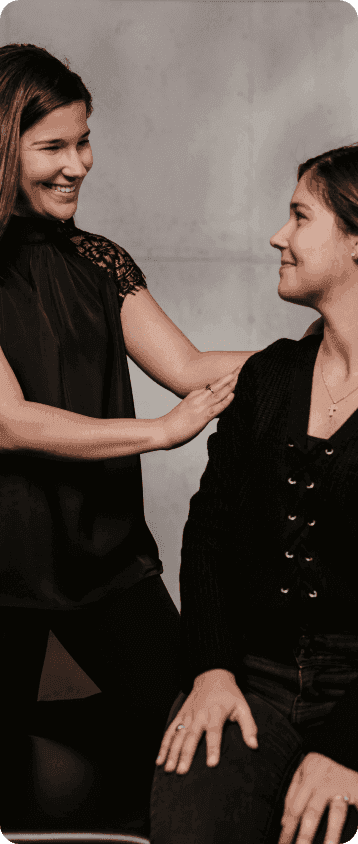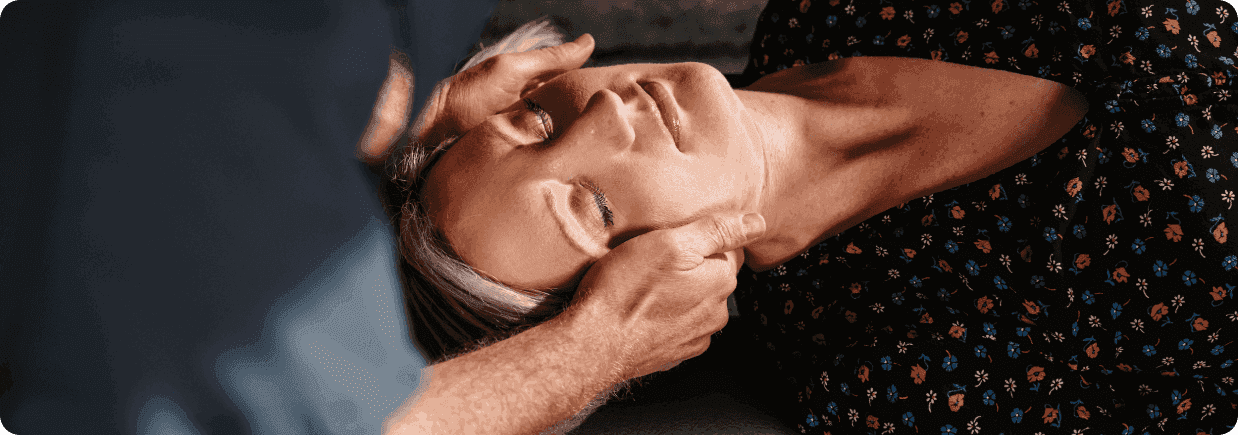CHIROPRACTIC CARE DESIGNED FOR YOU
Experience life without limits
No more letting health issues hold you back. Live a better lifestyle that aligns with what your body was made to do.
"MaxLiving is trying to give the world, the community, your community, this country a different path to achieve the greatest outcome in life. That’s why we call the company MaxLiving."
— Dr. Greg Loman, MaxLiving Founder
From Despair to Hope...
Like you, we've seen loved ones endure health traumas, and have also experienced our own. We believe there's a better approach to health that goes beyond temporary solutions.
A Process Designed for You
1
At your first visit, we're here to genuinely understand your health history and concerns, ensuring we grasp the full picture of your current well-being. We actively identify any limitations you may be facing and take note of your health goals. To gain deeper insights, we collect precise data, which may include x-rays, to uncover the root cause of disruptions in your body. Looking ahead to your next visit, we'll conduct a thorough review of your results, providing you with a comprehensive understanding of what's happening in your body.
2
3

We’ve helped thousands of patients overcome

Healing Happens Here
170+ Locations, Thousands of Lives Transformed
Overcoming the Battle
“I’m a veteran of 24 years active duty. Two wars, so I don’t have to explain anything. With those conditions I was very limited in what I could do. Now that I’ve come here, I’m able to walk, I’m able to exercise, I’m able to focus...and the one thing that really got me started was migraines. It’s been 8 months since I’ve had a migraine.” - Karen

Make Living Without Limits Your Reality
Get Started Today


© 2025 MaxLiving. All rights reserved.
5 Essentials is a registered trademark of MaxLiving. Disclaimer: The information provided on this website, by MaxLiving, is for general use only. Any statement or recommendation on this website does not take the place of medical advice nor is meant to replace the guidance of your licensed healthcare practitioner. These statements have not been evaluated by the Food and Drug Administration. MaxLiving information is and products are not intended to diagnose, cure, treat, or prevent any disease or provide medical advice. Decisions to use supplements to support your specific needs should be considered in partnership with your licensed healthcare practitioner.










